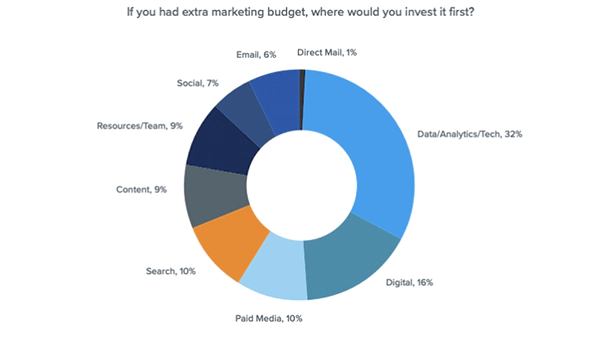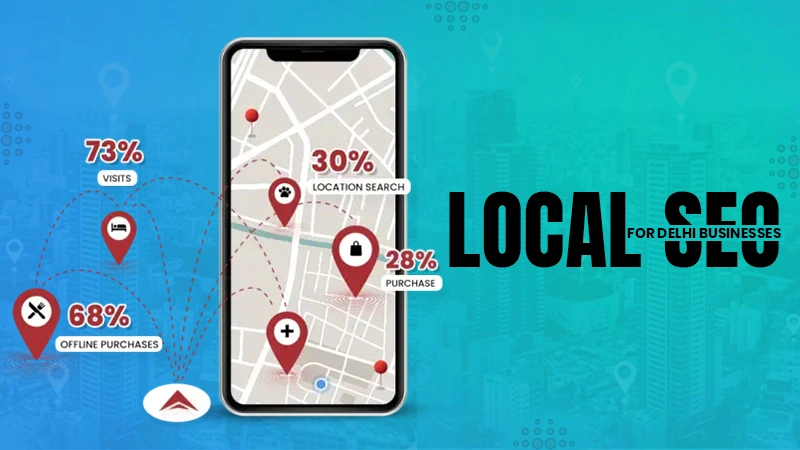Data-Driven Insights: Using Analytics in Digital Marketing Research
For every business, insights about the company credentials should be precise and well-researched. This data helps to find potential loss and growth of a brand.
These insights are also helpful for digital marketers in assisting the targets of their campaigns and changing the demographic if needed.
Based on an article by HubSpot,
Businesses utilizing data analytics tools experience a 25-30% improvement in marketing performance by identifying high-value customer segments.
But how much significance do data insights hold in digital marketing research?
No trouble, this article will give you a complete overview of the importance of insights for a digital marketer.
So stay tuned! And let’s get started.
The Role of Data in Digital Marketing
Data-driven marketing means that you need to collect and analyze data to better understand who your customers are and what they like the most about you.
In such a way, the marketing team can target the right consumer and personalize their messages, regardless of whether they work with the fashion industry or offer research papers for sale.
When you analyze data in detail, you can learn more about customer decision journeys, track performance, and improve ROI.
How Data Works In Digital Marketing
Here’s why you should use analytics in digital marketing research:
- Better decisions. Analytics allows the marketing team to see customer preferences in real time. Marketing specialists can learn what products customers like, what they are buying, and what is currently trending to change their strategy and meet customer needs.
- Personalized experiences. Customers love it when businesses correspond with them directly. Businesses can use this information to create ads or send personal messages on social media. This will motivate customers to buy because they will feel like the company pays attention to their needs and builds brand trust with customers.
- Grouping customers. The marketing team can use data to group customers based on their location, age, or shopping habits. This strategy helps a company to send the right message to the right customer at the right time.
- Predicting what’s next. Historical data helps to predict what customers might want in the future. For example, if somebody bought shoes before, they might be interested in accessories or bags to go with those shoes. Such analysis helps businesses to build better plans for their marketing campaigns.
Did you know
Personalized marketing campaigns boost ROI significantly, with businesses leveraging data seeing up to a 20% increase in revenue.
How to Use Data-Driven Strategies
To create good data-driven strategies, you must keep some factors in mind:
1. Collect data
First, gather all the required info, like website visits, social media likes, and email responses. Double-check that this data is relevant to your business.
2. Analyze the data
Once you have everything you need, spend enough time to look through your findings.
Try to find routines or trends that show what your customers are like, what their shopping preferences are, and whether they desire to buy something around specific dates or times of the year.
You can use various statistical tools, data visualization software, and machine learning algorithms to process and classify big chunks of data.
3. Turn information into actions.
Your next goal is to translate data into helpful solutions. For instance, if you see a customer buying kitchenware, focus on promoting these products more across different channels, such as social media or email newsletters.
4. Track your results
Afterward, set up ways to measure your accomplishments. For example, check how many people click on an ad or make a purchase. Don’t forget to keep track of these observations because they will help you identify how successful your marketing efforts are or change the strategy if they don’t work.
As you can see, this pie chart suggests a comprehensive marketing budget structure that you can use to amplify your business growth.
Key Analytics Tools
Here’s what you can use to collect, analyze, and interpret data according to the growth needs of your brand:
- Google Analytics. This tool tracks the audience growth of your website. For instance, you can see how long people stay on your website or what pages they visit. Moreover, it helps you find areas for improvement.
- Social media analytics tools. Many social media sites have built-in tools that show the performance of your post, what audience they attract, and how many followers you’ve gained over a certain period.
- CRM software. This tool helps businesses keep track of customer interactions and learn about their preferences and buying habits.
- A/B testing. You can test several ads, posts, or marketing campaigns and see which one gets the best response. Some ads may motivate them to buy a product, while others will do the opposite, which is why it’s important to find out what works best to grow your customer base.
Final Thoughts
The use of analytics in digital marketing helps businesses make better decisions. Additionally, the company has evidence to base those decisions on. The goal is to make the shopping experience better and more seamless for each customer.
The best way to achieve that is to find out more about the customer’s preferences and shopping habits. The additional comprehensive information marketing specialists gather, the better their strategies will be. As a result, they will be able to understand what their customers want and meet all their needs.
Therefore, the task of the marketing team is to gather and analyze data using various tools to come up with strategies that help their business grow and increase their customer base.











